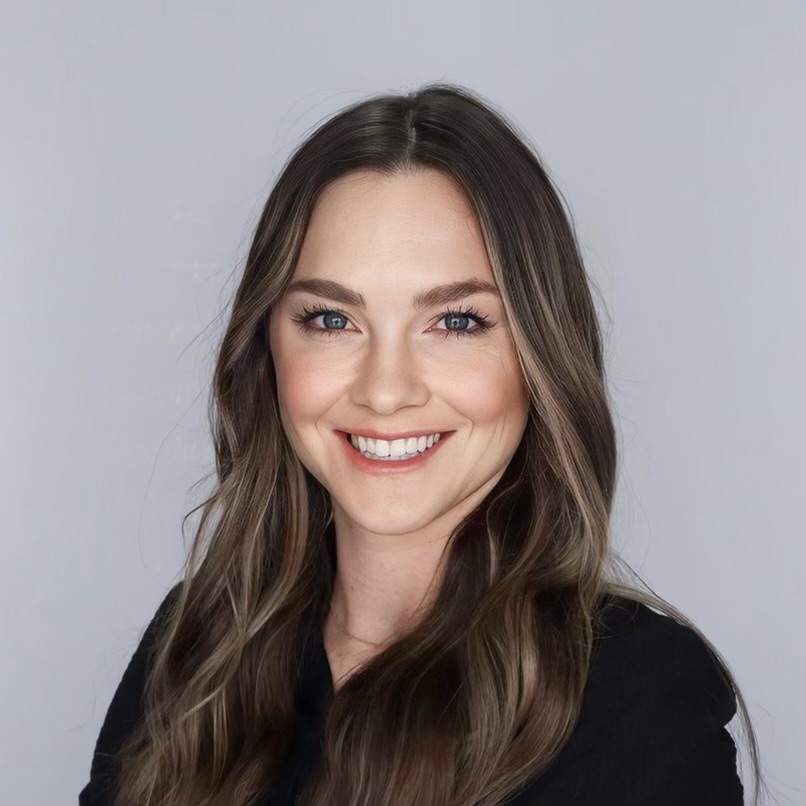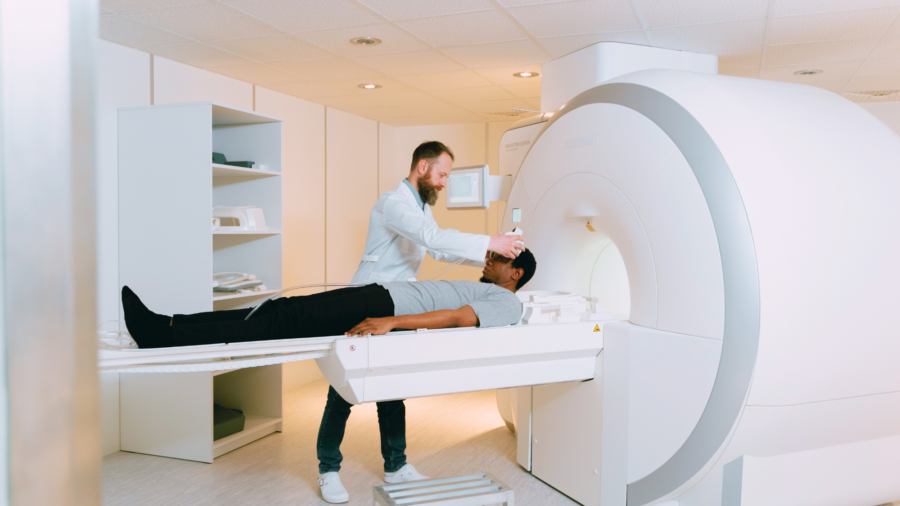After earning your nursing degree, you have the prospect of exploring various career opportunities—both near and far. Whether you have a local healthcare facility or a nursing practice in mind or have an interest in travel healthcare, the options are endless.
But, like your nursing responsibilities, how you format and present your nursing resume and credentials must follow a strict standardization to ensure that future employers understand the significance and value of your experience.
To that end, this guide will explore the importance of nursing credentials and how to write nurse credentials on your resume to meet American Nurses Association requirements.
Why are Nursing Credentials Displayed?
Nursing credentials, like your education, licensure, and certifications, are displayed directly after your name and signal your level of expertise within the nursing profession and types of patient care you can provide.
Presenting your nursing credentials clearly and concisely allows healthcare professionals within all types of settings, including hospitals and private practices, to assess your skills and familiarity with certain medical practices and types of patient care quickly.
In addition to providing insight into your experience level, nursing credentials also serve to provide:
- Consistency – Nursing credentials follow a standardized format so all healthcare providers and administrators can grasp their meaning and importance. Depending on your nursing education you can also attain a national certification. In the proper format, nurses can bring their credentials to healthcare centers in different states, and their credentials will still be easily understood. There are so many credentials that a streamlined format makes the information easier to intake and manage.
- Context – Outside of your job search, nursing credentials can also signify what roles you are or are not allowed to perform once you’re on the floor. For example, although a regular Registered Nurse (RN) would not be able to prescribe medication, a Nurse Practitioner (NP) or another kind of advanced practice registered nurse would be able to prescribe a certain medication. This also applies if you are a medical assistant vs. nurse or if you have earned any type of speciality certification. The pharmacy would check the nursing credential of the prescriber before filling a medication order.
Importance for Employers
During the application process, the credentials after your name are one of the first things that your potential employers will look for on your resume.
When you list nursing credentials in the correct order and format, you signal to possible employers that you are a serious professional. Employers will also be able to identify nurses who possess specific skills easily. For example, an RN with a specialty in geriatric nursing would be particularly qualified to work in a nursing home. Likewise, if you were a certified pediatric nurse, this would stand out to employers that you have the proper skill set to work in pediatrics.
Displaying your credentials on your nursing resume properly can:
- Show your professionalism and adherence to your field’s specifications
- Display any specialized knowledge or awards clearly
- Make sure to list multiple certifications if this is applicable
Types of Credentials
If you read the credentials of very experienced and highly educated registered nurses, you may notice how long they can be. So, what are the kinds of nursing credentials that you might list after your name?
In addition to your nursing degree, your specialties and licensure are parts of your primary nursing credentials:
- Education – Your education is your nursing degree. Depending on the program that you chose, you may have an ADN (Associate Degree in Nursing), BSN (Bachelor’s Degree in Nursing), or MSN (Master’s Degree in Nursing). Some practicing nurses may even have PhDs or a doctoral degree, although this is more unusual. You should list your highest educational degrees first. So, if you have a Master’s degree and a BSN, you should list your Master’s degree (MSN) first after your name.
- Licensure – Depending on your educational background and career goals, you may be a Registered Nurse (RN), a licensed practical nurse (LPN), or vocational nurse (VN). Your licensure shows that you are qualified to practice and that you’ve finished your required nursing studies.
- Specialty – From neonatal nurses to dialysis nurses, there are many kinds of specialties you can practice within the medical field. However, some specialties exhibit a higher skill or education level, such as a doctoral degree, which you’ll want to display to future employers.
When you’re starting your nursing career directly out of school, it’s likely that the nursing credentials after your name now will change as you gather experience or continue your education. Whether you are interested in learning how to become a CNA, RN, LPN, or VN, as once your complete certification will you then be able to add these initials to the end of your title.
How To List Your Nursing Credentials And Ranking
The American Nurses Association prefers that each RN credential be ordered the same way across the nursing profession.1
This order is:
- Highest degree earned
- Licensure
- State designations or requirements
- National certifications
- Awards and honors
- Other recognitions
For example, a nurse named Lee Hardy with a BSN, who is an RN, a CNS, clinical nurse specialist, and who is a Fellow of the American Academy of Nursing (FAAN) would list their credentials like this: Lee Hardy, BSN, RN, CNS, FAAN.
However, depending on the experience you received in your nursing program and education level, there may be some nuance in RN credential order and presentation. Nursing credentials can often overlap in their meaning and the requirements to earn them.
For example, both an LPN and RN are licensed to practice in a healthcare setting, but they have different educational backgrounds and responsibilities in practice. Similarly, you may see that charge nurse requirements may extend beyond the requirements of a standard RN.
At the minimum, an RN possesses a diploma from a two-three year degree program for an associate degree. However, many RNs complete a four-year baccalaureate program.
On the other hand, LPN/VN may only have completed a one-year certification program.2 As such, you’ll want to note the specifics of your experience and education within your resume.
The Difference Between BSN vs. RN
While RNs often have BSNs, it’s not always the case. That’s why credentials list both the highest degree of an individual and their licensure since an RN with a higher level of education might be more competitive in the workplace. The BSN, when compared to the associate’s degree, comprises at least two years more of nursing education and even practical experience through rotations.
Start Your Nursing Journey with Host Healthcare
Now that you’ve gained a better understanding of how to write nurse credentials, you’re another step closer to finding the right nursing position for you.
If you have a passion for gaining practical experience and traveling the country, consider applying to be a travel nurse with Host Healthcare. We’ll work alongside you to understand your credentials and your goals to help you find a position that checks all the boxes.
Whether you prefer to work slope-side or beachside, our award-winning staff of recruiters will map out the best hospitals and healthcare facilities for you. Apply today to become a Traveler and add to your nursing credentials in a unique and eye-opening way.
Reviewed by:
Natalie Red Eagle, MSN, RN
Nursing Specialty: Labor & Delivery, Postpartum
I started as a new graduate nurse in San Diego, CA on a medical/surgical/oncology unit. After finishing the 40 week new graduate program, I transitioned onto a cardiac step down unit. Here I cared for patients before and after cardiac surgery and patients recovering from cerebral vascular accidents. While I loved this specialty, my passion has always been women’s health. My next move was to the Maternal Child Health program where I have been for almost 5 years as a labor and delivery and postpartum nurse. I have the privilege of assisting families during some of the most memorable times of their lives.
Sources:
- “How to Display Your Credentials.”American Nurses Credentialing Center,https://www.nursingworld.org/~48fdf9/globalassets/certification/renewals/how-to-display-your-credentials
- “LPN Versus RN.”Nursing Licensure,https://www.nursinglicensure.org/articles/lpn-versus-rn/
- “Nurse Credential Standards.”American Associate of Critical Care Nursing,https://www.aacn.org/membership/nurse-credential-standard
- “Certification Credentials.”American Nurses Credentialing Center,https://www.nursingworld.org/certification/certification-policies/certification-credentials/
- “Licensure.”NCSBN,https://www.ncsbn.org/licensure.htm
- Indeed Editorial Team. “How to Display Nursing Credentials.”Indeed Career Guide,https://www.indeed.com/career-advice/career-development/how-to-display-nursing-credentials
Years of Experience: 10 years
Specialties: Maternal & Child Health, Medical/Surgical, Oncology, Telemetry
Natalie has 10 years of experience as a nurse. She started her career in medical/surgical and oncology before gaining experience in telemetry on a step down cardiac and neuro unit. She ultimately found her passion in maternal and child health care which is where she has spent the past 7 years and counting.













